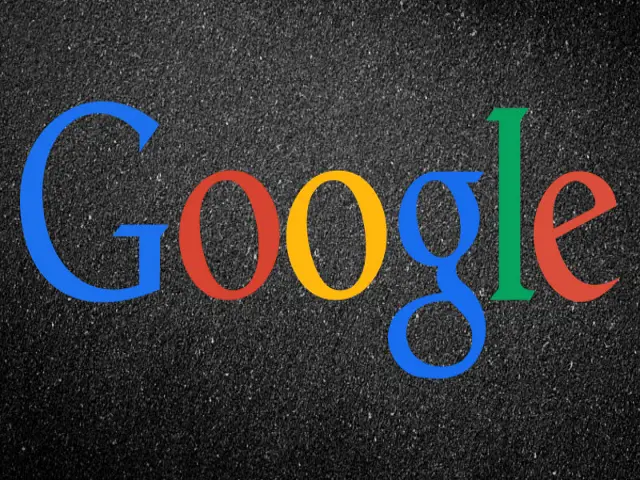Google has introduced many radical changes to the Chrome such as Autofill, HTTPS encryption, pop-up blocker, incognito browsing, extensions, and many other features. On ten years of Chrome, Google is thinking about Chrome’s major redesign: eliminating the URLs across the web to ensure safety.
URLs (Uniform Resource Locators) are the web addresses to web resources on the Internet. When you enter the web address, the Internet service provider views the DNS address book for the associated domain name, translates it into the Internet Protocol address and directs the browser to the individuated website.

In the course of time, URLs have become more difficult to read and interpret. For home pages and some single site pages the URLs are simple, but with extended web functionality, they have become incomprehensible strings of numbers, letters, and symbols. The URL shorteners and redirect schemes from third-parties increases vulnerability to cybercrimes.
These confusions make it easy for cyber criminals to impersonate authorized websites, initiate phishing attacks, proliferate malicious software or run fraudulent web services. Therefore, Google wants to adopt the massive change of eliminating the URL.
Adrienne Porter Felt, the engineering manager of Chrome, in his interview to “WIRED”, said: “People have a really hard time understanding the URLs. It is tough to read the URLs and difficult to analyze whether they can be trusted. URLs are not proving good in conveying the site identity. So we are trying to develop an alternative which would make web identity simple and understandable. This means major changes on Chrome’s URL tab and we are figuring out the best solution to develop an entrusted site identity.”
In 2014 the company experimented a feature called “origin chip” that just showed the domain name of a website. To display the full URL, users had to click on the search box. This feature gained praises as well as criticisms. However, this only stayed in Chrome’s beta features and could not roll out. So, what would be the replacement for URLs? The members of the Chrome team have not yet concluded on a solution. The team does not know how to configure web without addresses.
Currently, the focus is on associating the ways people use URLs and develop an alternative with enhanced security and integrity without compromising the comforts of sharing links on mobiles.
Director of engineering at Chrome, Parisa Tabriz says that presently, this is the matter of active discussion in the team. She is aware that their proposal would be controversial and recollects that the team faced several declines for their HTTPS web encryption.
Adrienne Porter Felt said that the team would give further information on their ideas later this year or the next. It is sure that the team’s suggestions would be controversial, but on a community level URL replacement would have a positive impact on web security.

















